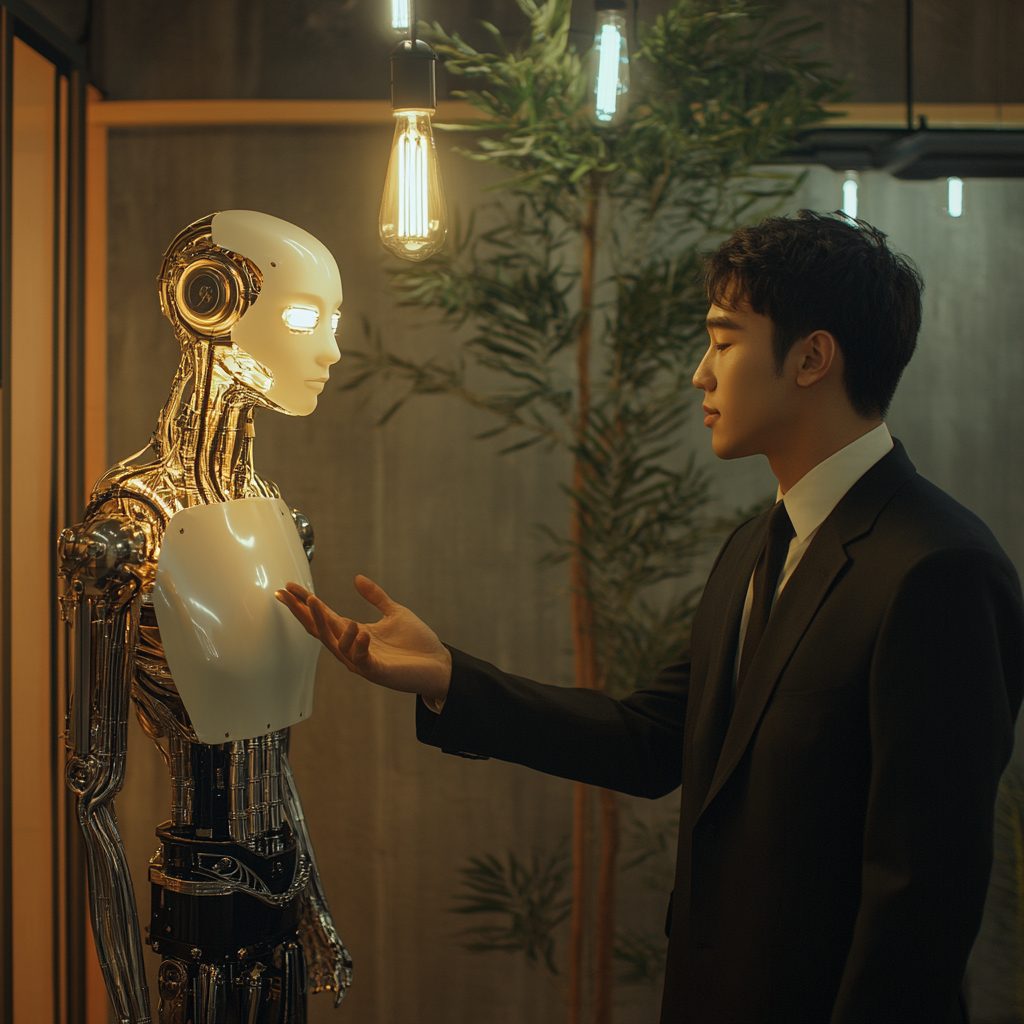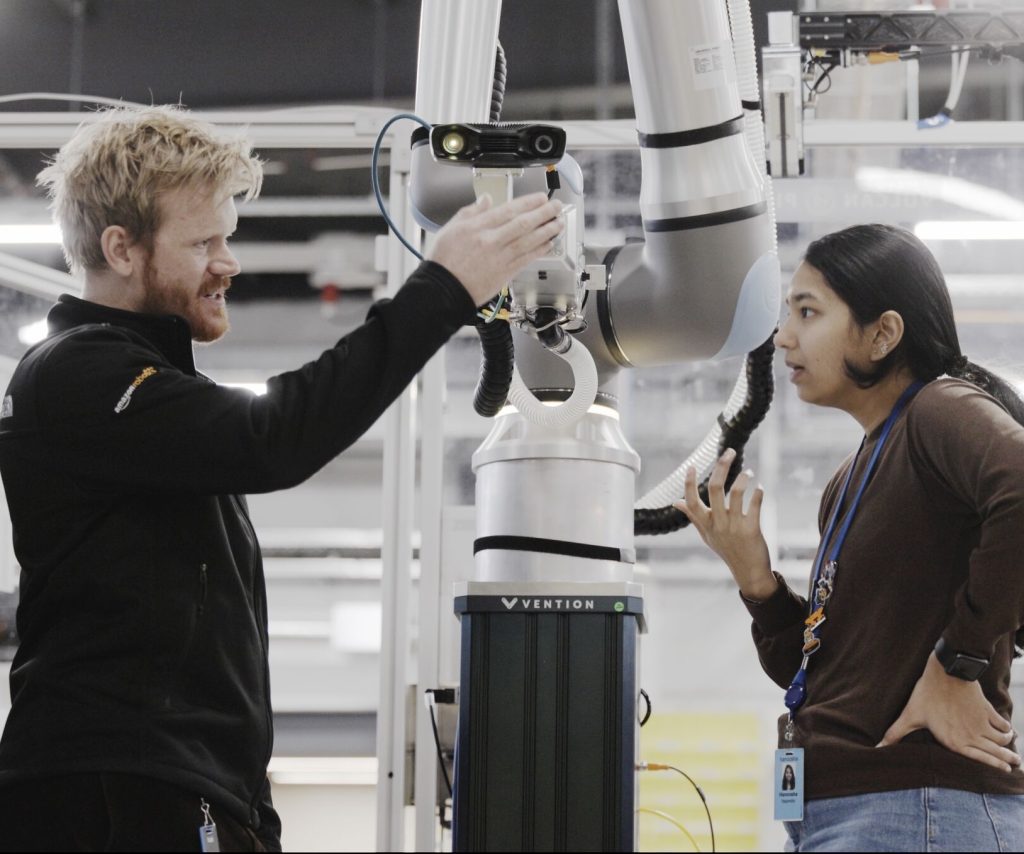When companies introduce artificial intelligence (AI) into their workflow, something interesting happens—they start judging it as if it were human. Surprisingly, rather than hindering AI adoption, this uniquely human approach might be exactly what’s needed.
Why Companies Treat AI as Human
Picture a new AI virtual assistant named Nora, designed to chat naturally with customers, sharing product information and answering questions. When Nora interacts smoothly, people praise her intuitiveness. Yet, if she can’t express preferences or emotions—like naming a favorite product—users express frustration. This reaction isn’t an anomaly. Humans naturally expect human-like behavior from entities that appear human-like, and businesses are no exception.
The Power of Anthropomorphism
Anthropomorphism—the tendency to attribute human traits to non-human things—is at play here. Just as we talk to pets or imagine personalities in objects, we interact similarly with technology. When businesses judge AI by human standards, it indicates they’re genuinely engaging with the technology, which can encourage deeper integration and higher expectations of its capabilities.
Emotional Expectations Can Drive AI Success
Decisions about adopting AI are often driven as much by emotions as by practical considerations. Businesses don’t just want cold efficiency from AI—they desire a sense of satisfaction and emotional connection. By approaching AI through an emotional lens, companies foster a stronger, more invested relationship with the technology.
According to researchers, judging AI emotionally helps businesses remain more committed during early challenges. Instead of abandoning the technology due to initial flaws, treating it like a human colleague motivates teams to “train,” refine, and improve AI solutions.
As the original article on VentureBeat about businesses judging AI points out, “When AI is human-like, businesses shift from transactional to relational interactions, boosting long-term adoption.” This perspective shift turns technology from a mere tool into something akin to a teammate. Quoting the Article: “When one of my New York clients curiously asked Nora about her favorite handbag, they were instinctively tapping into the idea of social presence—treating the AI as a genuine social entity, expecting it to express a real personality and preferences.”
Making AI Integration Human-Friendly
To fully leverage the benefits of judging AI as humans, businesses should:
- Clearly Define AI’s Role: Setting expectations helps people understand precisely how AI contributes to the team.
- Educate Users: Teaching stakeholders about what AI can realistically accomplish reduces frustration while enhancing engagement.
- Thoughtful Design: Balancing functionality with relatable human-like traits makes AI both approachable and practically useful.
- Encourage Emotional Engagement: Acknowledge and encourage emotional connections, helping teams to patiently work through initial AI shortcomings.
Ultimately, judging AI as human-like isn’t just inevitable—it’s beneficial. It cultivates patience, deeper understanding, and commitment from businesses, turning initial skepticism into lasting partnerships.
Frequently Asked Questions:
Is it beneficial for businesses to judge AI by human standards?
Yes, judging AI like a human can encourage deeper emotional connections, improving patience and willingness to refine the technology, ultimately leading to better long-term adoption.
How can businesses balance emotional expectations with practical AI performance?
By clearly defining AI’s capabilities, educating users realistically, and thoughtfully designing interfaces, businesses can manage emotional expectations while maximizing AI’s practical performance.
What do you think about treating AI like a human? Drop your thoughts in the comments. And don’t forget to Sign up for our AI Newsletter for more insights delivered straight to your inbox!
If you’re exploring how AI can drive real results for your team, our AI Consultancy Services might be exactly what you need — check it out now!


